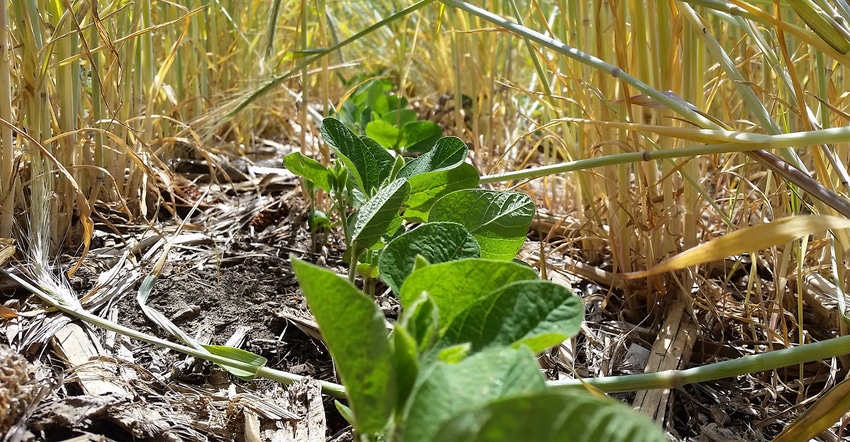January 17, 2017

Farmers still have time to apply for conservation project funding and easement program payments.
State Conservationist Ivan Dozier says the U.S. Department of Agriculture-Natural Resources Conservation Service offers special funding for several different conservation initiatives throughout the state. Projects and funding availability vary by county. Dozier recommends contacting your local NRCS field office for information on county-specific projects.
Funding is available to all Illinois farmers for a special soil health project through the Regional Conservation Partnership Program. NRCS partnered with the Illinois Department of Agriculture to help provide farmers resources to address water quality and soil health concerns. Farmers can apply for assistance through the Environmental Quality Incentives Program to implement cover crop, nutrient management and/or no-till practices.
Farmers interested in this conservation funding opportunity, or any of the projects and initiatives, should submit an application to their local NRCS field office by the cutoff dates of Jan. 20 and March 17.
Updated Geographic Area Rate Caps for easements
Dozier shares that there are updated Geographic Area Rate Caps, or GARCs, for the Wetland Reserve Easement Program. The GARCs allow NRCS staff to offer farmers a quick accounting of potential easement payments. New payment rates vary from $4,400 to $6,300 per acre based on recent market analysis data that reflects land value changes on cropland and non-cropland.
By selling an easement under NRCS’ Agricultural Conservation Easement Program’s Wetland Reserve Program, landowners receive a lump sum cash payment in exchange for restoring or converting marginal agricultural land to wetland areas. The program goals are science- and conservation-based — to restore the greatest wetland value possible, while also offering optimum wildlife habitat on every acre enrolled.
To sign up for the Agricultural Conservation Easement Program’s WRE, go to your local NRCS office. Applications submitted and determined to fulfill basic eligibility requirements by Jan. 20 will be considered for funding in the first batching period.
To learn more, contact your local NRCS office or visit www.il.nrcs.usda.gov/programs.
Source: NRCS
About the Author(s)
You May Also Like




